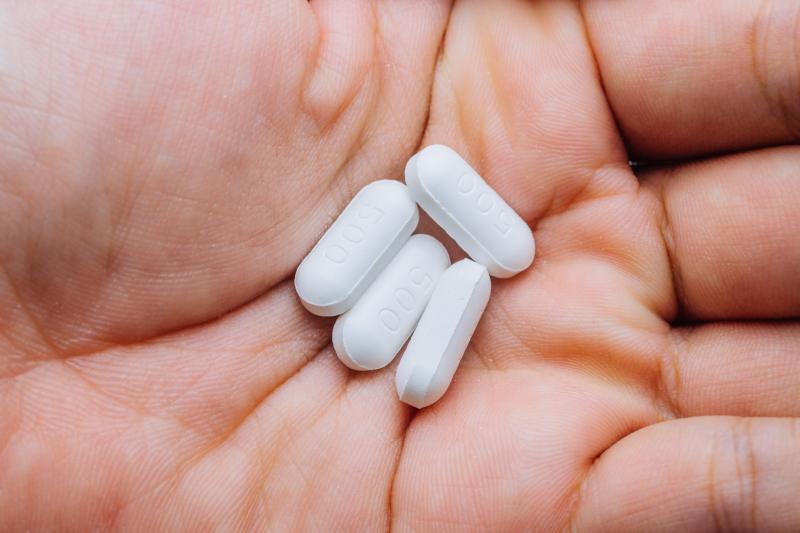
Patients with psoriatic arthritis (PsA) and ankylosing spondylitis (AS) who use opioids end up with higher healthcare utilization and costs compared with those who do not use opioids, reports a study.
A group of researchers enrolled adults with PsA or AS in the FORWARD registry, with one or more completed disease activity or disability questionnaire between 2010 and 2019, to examine the relationship between opioid use and healthcare utilization and costs.
Negative binomial regression was used to explore the association between opioid use and utilization outcomes, while generalized linear models with γ-distribution and log link function were used for the relationship between opioid use and costs. The researchers adjusted the models for age, sex, and hospitalization. They also analysed AS and PsA separately.
A total of 828 patients with PsA were included in the analysis. Of these, 21.4 percent reported using opioids. In patients with AS, 334 were included, of whom 27.2 percent used opioids.
AS and PsA patients who used opioids generated higher healthcare utilization and costs, including increased medical visits, diagnostic tests, direct medical costs, and pharmacy expenses. Opioid users experienced 32 percent to 33 percent more medical visits per year compared with nonusers.
Additionally, patients on opioids had higher expenditure on medical visits annually relative to nonusers (for PsA: USD 3,464 vs USD 2,706; for AS: USD 4,500 vs USD 3,660).
“New care pathways are needed to improve care and reduce costs,” the researchers said.